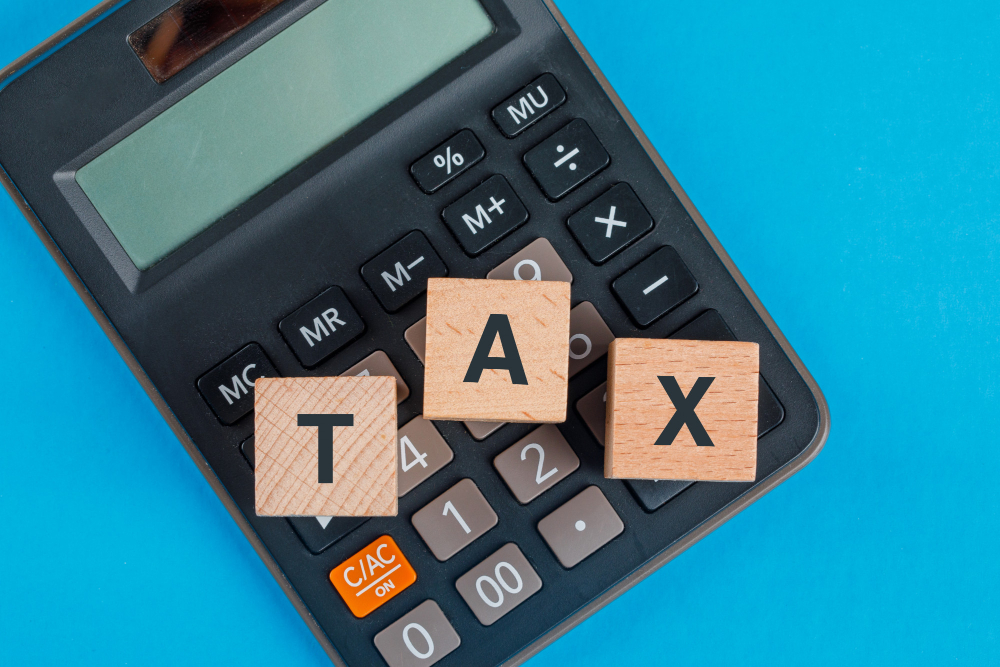By Westcourt Blogger
Income tests are used to work out a person’s eligibility for tax offsets and benefits which can reduce the amount of tax they have to pay.
The Australian Taxation Office considers various items from a person’s tax return when applying income tests. For example, a number of offsets, benefits and obligations are assessed using a family income threshold. Those who have a spouse should include the spouse’s income in the relevant section of their tax return.
Below are some of the tests used to assess a person’s entitlements:
Adjusted taxable income (ATI)
A person’s ATI affects their entitlement to any dependant tax offset. Generally, an adjusted taxable income includes:
- taxable income
- adjusted fringe benefits amount
- tax-free government pensions or benefits
- target foreign income
- reportable super contributions
- total net investment loss
- child support paid
Rebate income
The ATO determines whether a person is eligible for the seniors and pensioners tax offset by considering a person’s’rebate income’. Rebate income includes taxable income; adjusted fringe benefits amount; total net investment loss and reportable super contributions.
Income for Medicare levy surcharge purposes
The ATO uses a person’s income for surcharge purposes to work out if they have exceeded the Medicare levy surcharge threshold that applies to them to determine:
- if they are entitled to the private health insurance rebate, and
- if they do not hold an appropriate level of private health insurance, their liability to pay the Medicare levy surcharge
Super income tests
Reportable employer super contributions are included in the income tests for the spouse super contributions tax offset; government super co-contribution and deduction for personal super contributions.




